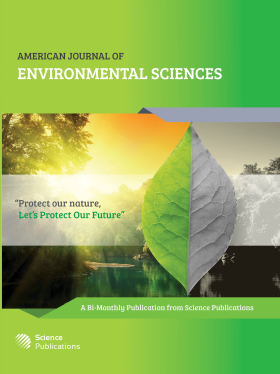Noninvasive Environmental Monitoring of Mercury in Alaskan Reindeer
Abstract
Reindeer, Rangifer tarandus, are terrestrial herbivores used by Alaskan Native herders for both subsistence food and commercial export. Reindeer are a renewable resource and as part of the food system are monitored for Mercury (Hg) levels in relation to the changing Arctic environment. In this study, both free-ranging reindeer from the Seward Peninsula, Alaska, and reindeer reared at the University of Alaska Fairbanks were analyzed for total mercury (THg) in their hair. Free-ranging reindeer of the Gray herd had mean hair THg levels of 75.4 ng gˉ1 (n=15), whereas the Noyakuk herd had mean THg levels in hair of 40.3 ng gˉ1 (n=12). The mean level in hair for THg in the university herd was 15.4 ng gˉ1 (n=46). Methylmercury also was analyzed in selected samples from both herds; the mean for the Gray herd (37.6 ng gˉ1, n=5) was higher than the mean for the Noyakuk herd (20.7 ng gˉ1, n=2). Higher THg concentrations in the Gray and Noyakuk herds, when compared to the UAF herd, support the hypothesis that reindeer with higher lichen and willow levels in their diet have higher levels of THg.
DOI: https://doi.org/10.3844/ajessp.2005.249.253

- 5,332 Views
- 5,282 Downloads
- 2 Citations
Download
Keywords
- Rangifer tarandus
- reindeer
- mercury
- hair
- Alaska
- environmental monitoring
